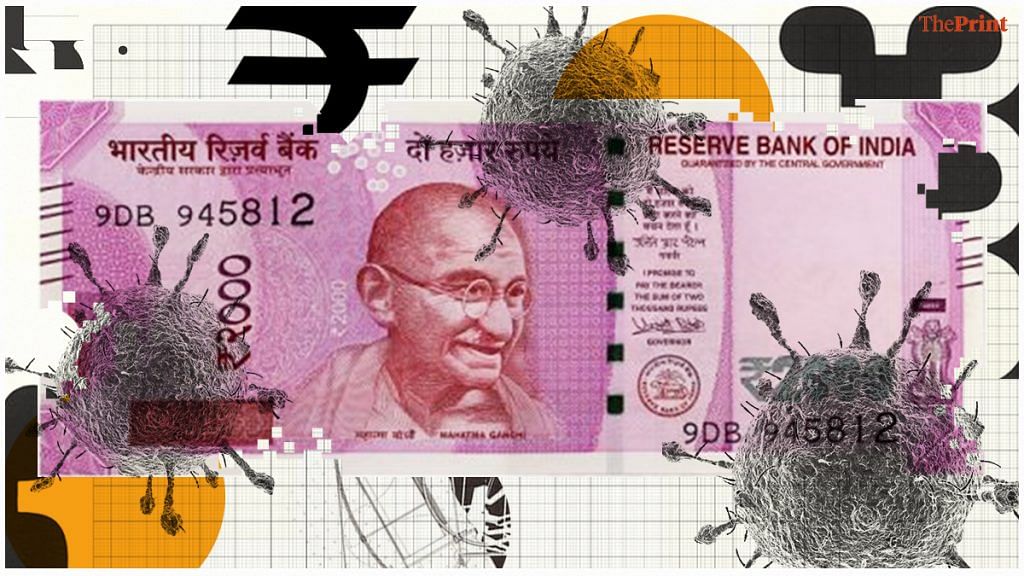Whenever the finance minister presents to Parliament a fresh set of Budget numbers for the current financial year, the immediate impact of Covid-19 on the fiscal situation will become known — and inevitably become the focus of the discussion that follows. The fiscal stress caused by Covid is unavoidable; indeed, many would argue that the government should have opened its purse strings a little more. While that is as it may be, what should concern us (and which may get lost in the focus on Covid) is the fiscal regression of recent years as the economy slowed. It is this which has limited the government’s capacity to respond to the Covid crisis more fully.
The problem has been on both the revenue and expenditure sides. The former has been shrinking in relation to GDP in the most recent years, while the latter has begun increasing (also in relation to GDP) despite a sharp shrinkage in petroleum-related subsidy bills as oil prices fell. In essence, the increase in expenditure has reflected financial commitments to fund new welfare programmes. The extent of the increase has been masked by off-Budget capers. As the revenue and expenditure curves have moved in opposite directions, the gap between the two has grown after shrinking in the initial years of the Modi government. This is the underlying, longer-term fiscal problem that has to be addressed, more than the impact of the (hopefully) short-term measures announced to deal with Covid.
Consider, for instance, the trend in revenues from indirect taxation, which in the era before goods and services tax (GST) included customs, excise, and service tax. These totalled 4.4 per cent of GDP in 2013-14, and climbed subsequently as the new government used the sharp fall in oil prices to increase petroleum taxes. By the time GST was introduced three years ago, indirect taxes had climbed to 5.4 per cent of GDP. The worrisome aspect is that this fell in the subsequent two years to 4.9 per cent and then to 4.8 per cent. This was before Covid really hit.
At the same time, non-tax revenue and capital receipts fell off a cliff. Taken together, these accounted for 6.8 per cent of GDP in 2013-14; last year, the revised estimates put them at no more than 4 per cent. Capital receipts in a decade have fallen progressively from 7 per cent of GDP to 2 per cent. These trends reflect (among other things) the inability to continue milking the telecom sector, and the failure to get the disinvestment programme going.
Also read: IMF sees Asia’s economic pain persisting as coronavirus curbs limit recovery
The result is that the government’s total receipts, which at their peak a decade ago were 15.8 per cent of GDP, have fallen to barely 12 per cent. The only bright spot on the revenue side is the resilience, indeed slight buoyancy, in direct tax revenue — both income tax and corporation tax. Indeed, to the extent that the fall in indirect tax revenues reflects cuts in GST rates (which can be reversed, preferably along with a unification of rates), the bigger problem is not with tax revenue but with other revenue sources.
For a while, expenditure followed the revenue trend by shrinking in relation to GDP, helped by lower petroleum subsidies, but has started climbing again — and this is without counting off-Budget expenses. Given that new spending programmes have been introduced (for instance, health insurance and cash payments to farmers), there is also increased rigidity on the expenditure side.
The government has chosen to respond to the problem in two ways (other than the off-Budget business). One has been to ask for bigger dividends from the Reserve Bank and state-owned undertakings. The other has been to raise petroleum taxes even further, something that the Congress has chosen to criticise. However, given the overall fiscal situation, and the fact that cost-push inflation is virtually absent, this is an entirely sensible course to adopt. A third choice may soon be to stop further capital infusion into the government’s banks, which will be asked to take care of themselves or get privatised. Whether either is a solution is doubtful, but it reflects the kind of sub-optimal decisions that may start getting made.
By Special Arrangement with Business Standard.
Also read: Why Modi govt doesn’t have the money to spend on Covid crisis & how it can fix the problem
